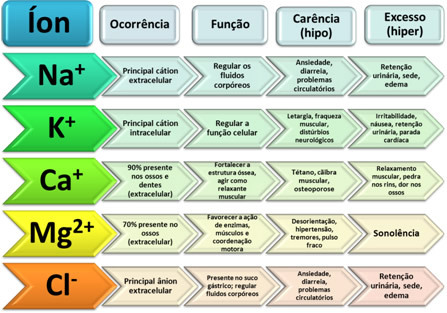Something that has certainly crossed our minds is how the gecko (also known as gecko) manages to climb walls and even walk on the ceiling defying the law of gravity? Do they release some kind of glue through their paws? Why don't they stick together?
In reality,it's not glue that they release, as the legs of the geckos are never dirty, do not leave any kind of residue and even so they manage to adhere to any surface, except the teflon. In addition, they not only stick with ease, they also stick with little effort.
If it's not a glue, is it a type of suction? Tests carried out in a vacuum chamber showed that this is not your mechanism for not falling either.
Scientists have discovered that this little reptile's ability has to do with van der Waals forces, which are intermolecular forces named after the scientist Johannes Diederik van der Waals (1837-1923) who determined the forces established between molecules.
One of these forces, that of induced dipole, is the one that settles between the lizard's legs and the surface on which it walks. These forces are the result of the following process: in isolation, these molecules do not have a dipole, they are non-polar; but as they approach, the electronic attractions or repulsions between their electrons and nuclei can lead to a deformation of its electronic clouds, momentarily, originating positive and negative poles temporary. This dipole formed in one molecule induces the formation of a dipole in another neighboring molecule and, therefore, they attract each other, remaining stuck or joined.
This type of intermolecular force is considered weak, and gravity usually overlaps. That's why we can't climb walls.
Do not stop now... There's more after the advertising ;)
But, in the case of the lizard, it is different, as its legs have millions of filaments (bristles) that are subdivide into thousands of structures with a thickness of one-tenth the diameter of a hair, called spatulas. The fact that they are so small increases the area that is in contact with the wall and multiplied by the thousands of spatulas of the legs of the lizard, the forces of Van der Waals produce enough attraction to hold the weight of this tiny lizard.

The adhesive strength of these filaments is so great that a million of them, equivalent to the surface of a coin, can lift a child weighing 20 kg.
The same principle applies to other animals that can also climb walls like spiders and flies.

Scientists are trying to artificially reproduce this phenomenon. They could develop a material with these properties that would be an alternative to Velcro (which is also a imitation of nature, as its design is based on burdock seeds), which can be used, for example, in applications medical.
They also want to develop robots that can safely scale walls for use in rescue missions. There are still ideas that allow man to climb mountains in the future without the use of ropes or staples.
By Jennifer Fogaça
Graduated in Chemistry
Would you like to reference this text in a school or academic work? Look:
FOGAÇA, Jennifer Rocha Vargas. "How do geckos manage to climb walls?"; Brazil School. Available in: https://brasilescola.uol.com.br/quimica/como-as-lagartixas-conseguem-subir-pelas-paredes.htm. Accessed on June 27, 2021.



